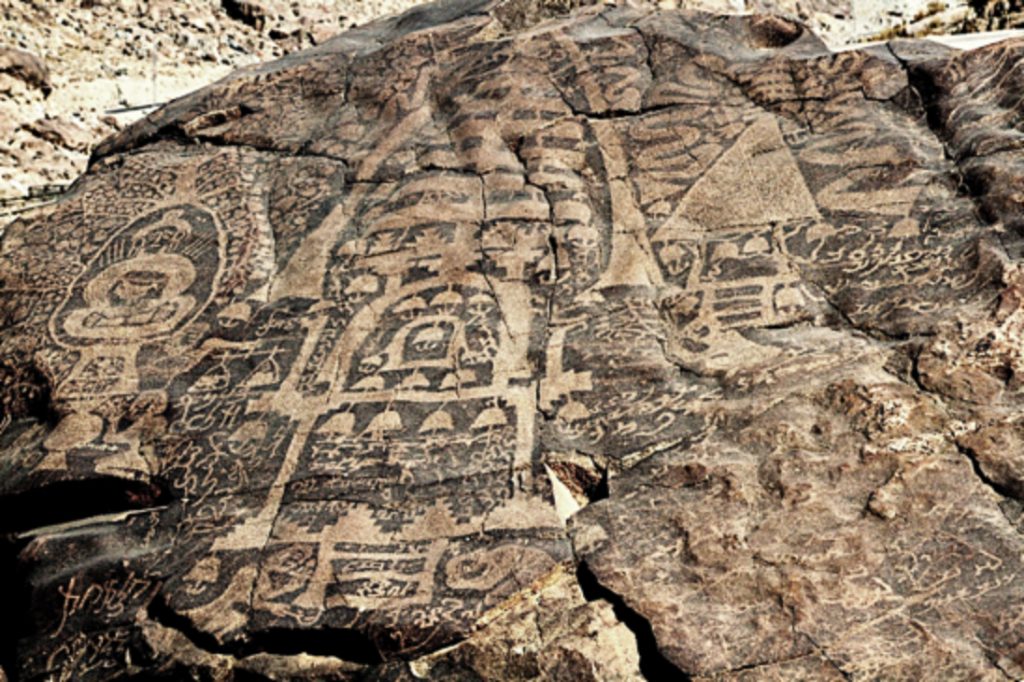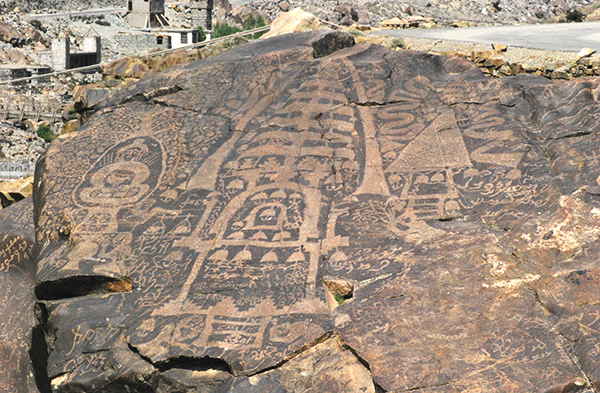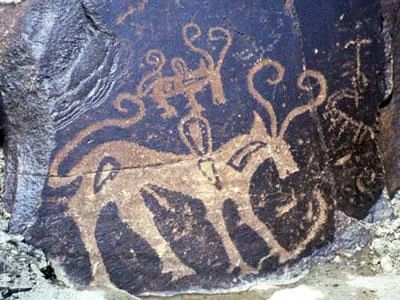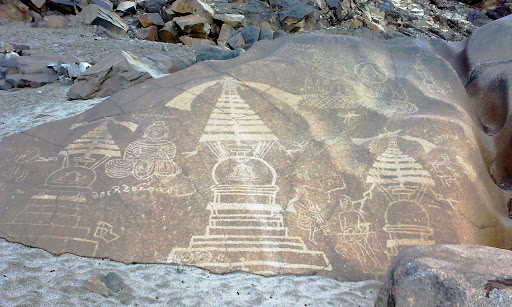Stretching over 100 kilometers from Shatial to Raikot Bridge in Pakistan lies a priceless treasure trove of more than 50,000 rock carvings and 5,000 inscriptions. Created between the 9th century BCE and the 16th century CE, these masterpieces are more than mere works of art—they are silent witnesses of history, capturing the beliefs, lifestyles, and traditions of the many civilizations that once thrived in this region.

Unique Features of the Carvings
The carvings etched into the rocks depict scenes of hunting, religious figures, and ancient scripts, showcasing the cultural convergence along the Silk Road. Among the highlights are Buddhist symbols, Hindu deities, and inscriptions in Brahmi, Kharosthi, and even Sogdian. These remnants serve as evidence of the region’s historical significance as a crossroads for trade and cultural exchange.

Historical and Cultural Significance
These carvings are not only visually stunning but also hold immense historical value. They provide rare insights into the evolution of religions such as Buddhism and Hinduism, as well as the civilizations that left their mark along the Silk Road. The inscriptions and images narrate stories of connectivity among peoples, their journeys, and the cultural fusion spanning centuries.

An Invitation to Discover
Today, this region remains relatively unknown, yet its invaluable heritage makes it a remarkable destination for archaeology and cultural exploration. Every rock here is a piece of history, waiting to be uncovered and decoded, offering a gateway to ancient tales that modern times have almost forgotten.

Step off the beaten tourist path and immerse yourself in this fascinating land, where the extraordinary rock carvings of history await to take you on a timeless journey through the wonders of human civilization.

